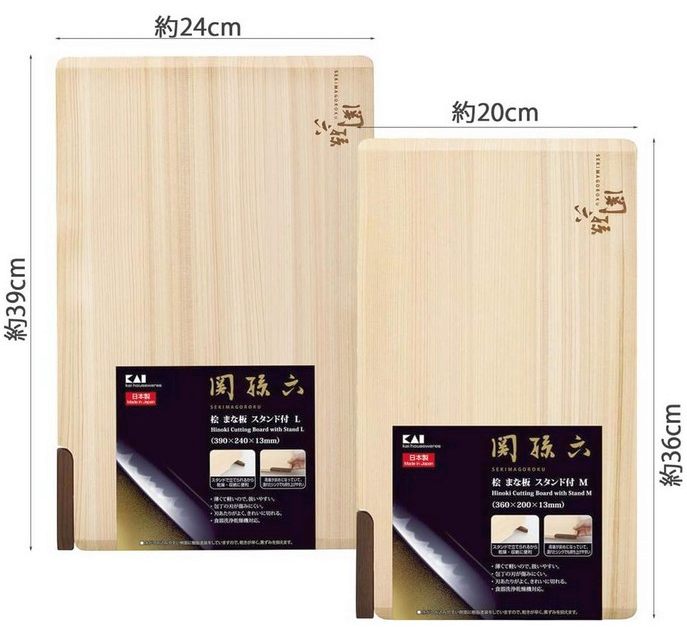Where beauty meets function!
When it comes to the culinary arts, Japan’s reverence for craftsmanship is unmatched—and that extends far beyond knives and cookware. One often-overlooked but essential tool in the Japanese kitchen is the humble chopping board, or manaita (まな板). While modern plastic boards dominate many Western kitchens for their convenience and affordability, traditional Japanese wooden chopping boards represent a beautiful balance of form, function, and natural design philosophy.
What Makes Japanese Wooden Chopping Boards Special?
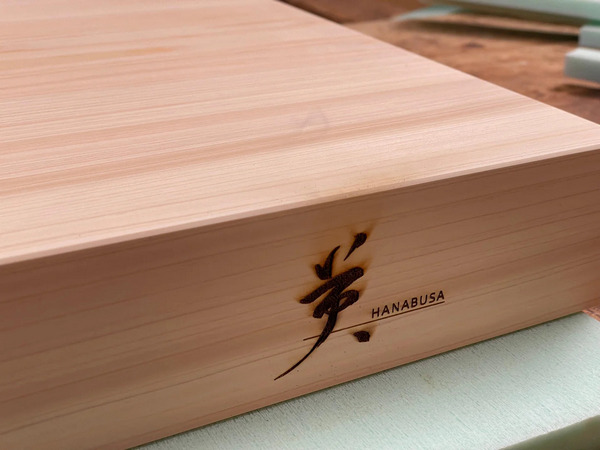
Hanabusa brand chopping boards
At first glance, a traditional Japanese chopping board may look simple: a flat plank of wood with smooth edges and minimal embellishment. But this simplicity is intentional. The wood is carefully selected, often from species like Hinoki cypress, ginkgo, or kiri (paulownia), all chosen for their unique properties.
Hinoki/Aomori Hiba (Japanese cypress):
Highly prized for its anti-bacterial properties, gentle aroma, and soft yet durable grain. It provides a forgiving surface for knife blades, helping to preserve their sharpness.
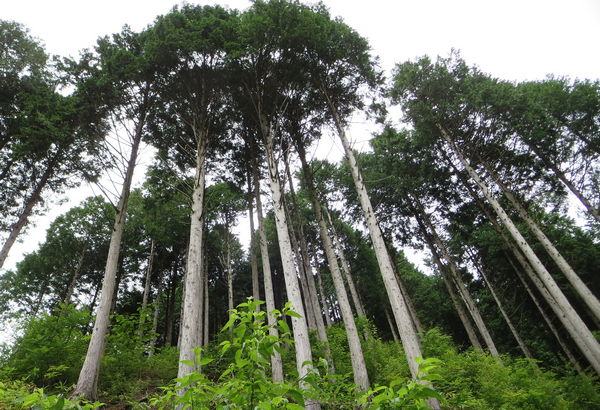
Ginkgo:
Lightweight and resistant to water and warping, ginkgo boards are often used by sushi chefs for their hygienic qualities and resilience.

Kiri (Paulownia):
Known for being exceptionally light and quick to dry, kiri is ideal for those who value mobility and ease of care.
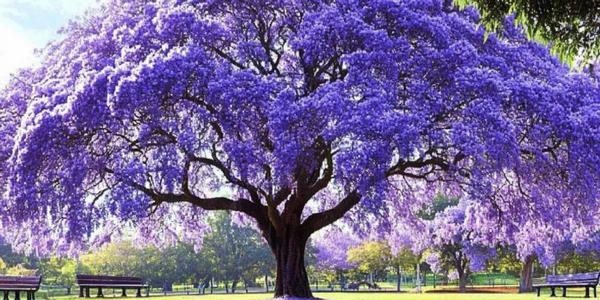
The Craftsmanship Behind the Board
Traditional manaita are typically handcrafted by artisans who understand the intricate relationship between food, wood, and blade. These boards are often single-piece constructions, meaning they’re cut from one solid slab of wood rather than laminated from smaller sections. This enhances durability and minimizes water absorption at seams.
In many cases, the boards are air-dried for months or even years to stabilize the wood and prevent cracking or warping over time. The surfaces are left untreated—no varnishes or synthetic coatings—to ensure the wood remains breathable and food-safe.
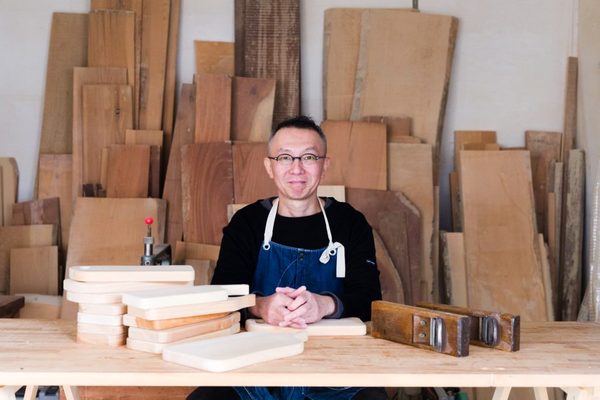
woodpecker brand chopping boards
Why Use a Wooden Chopping Board?
Beyond their elegant aesthetics, Japanese wooden boards offer distinct advantages for serious cooks:
Knife preservation:
The soft, resilient wood helps protect the fine edges of Japanese knives, which are often made of harder steels than Western counterparts.
Hygiene:
Though it may seem surprising, many types of wood, especially Hinoki, are naturally antibacterial. Properly maintained, they resist odors and bacterial growth better than some plastic boards.
Sensory experience:
The gentle “thock” of blade on wood, the subtle scent of cypress, and the tactile feel under the hand all elevate the cooking experience.
Maintenance and Care:
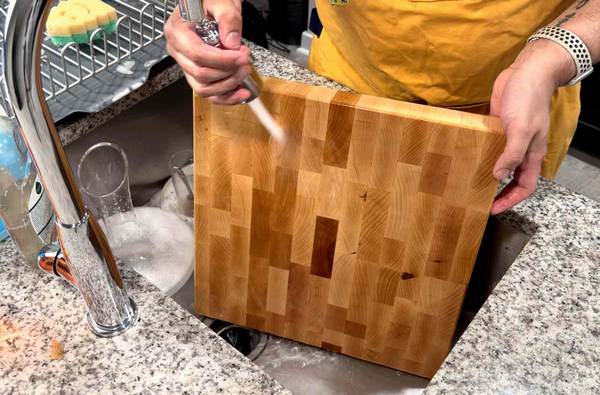
A traditional Japanese chopping board is not high-maintenance, but it does require some love:
* Clean promptly after use with mild detergent and water. Avoid soaking.
* Dry upright in a well-ventilated area to prevent warping.
* Regular sanding may be done lightly to remove stains or knife marks and refresh the surface.
* Avoid extreme temperatures, such as dishwashers or exposure to direct sunlight.
Many chefs even designate separate boards for fish, meat, and vegetables, in keeping with Japanese culinary cleanliness and respect for separate ingredients.
In Japan, tools are often treated with reverence, seen as companions in the lifelong journey of craftsmanship. The manaita is no exception. To own a traditional Japanese chopping board is not just to own a tool—it is to bring into your kitchen a piece of living tradition, one that honors nature, precision, and quiet beauty.
How Much Do Traditional Japanese Wooden Chopping Boards Cost?
While traditional Japanese wooden chopping boards may appear modest, their craftsmanship, material quality, and cultural significance often command a higher price point than mass-produced plastic or composite boards.
Price Range by Wood Type
Hinoki/Aomori Hiba:
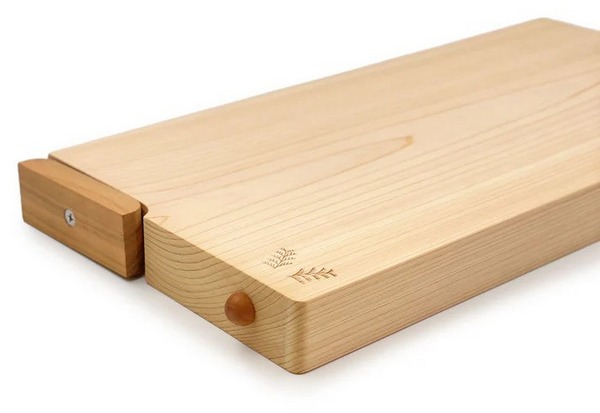
Both members of the Cypress tree family, these are among the most popular and accessible traditional boards. Prices typically range from $40 to $120 USD, depending on the size and thickness. Premium Hinoki and Aomori Hiba boards from reputable Japanese makers like Yoshihiro or Hasegawa may cost more, especially if they're made from a single piece of wood.
Ginkgo Wood:
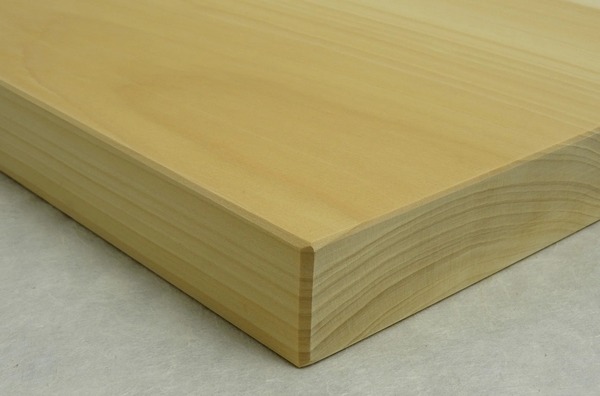
Ginkgo boards are less common but highly prized in professional kitchens. Expect to pay between $100 to $180 USD for a medium to large board. Handcrafted pieces may exceed this range, particularly those sourced from Japan’s Gifu Prefecture.
Kiri (Paulownia):
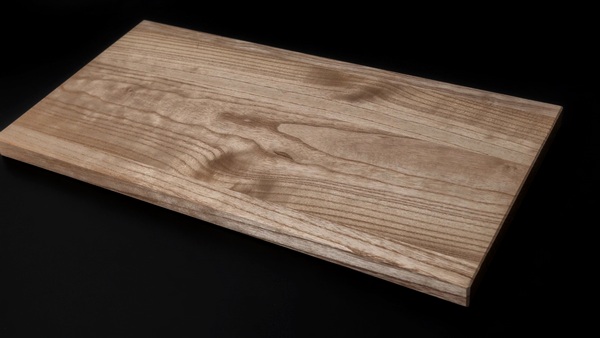
Lightweight and budget-friendly, kiri wood boards are typically priced around $30 to $80 USD. They're a great option for home cooks who want traditional style without a premium investment.
End-Grain Boards (Artisan Craft):
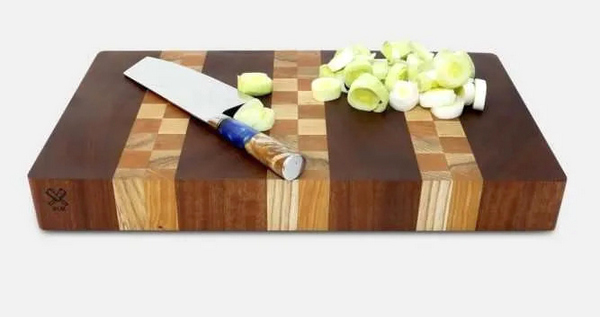 While not traditionally Japanese in construction, some artisan makers blend Japanese wood with end-grain techniques. These high-end boards can range from $150 to over $300 USD, especially if they are hand-laminated, treated, or custom-made.
While not traditionally Japanese in construction, some artisan makers blend Japanese wood with end-grain techniques. These high-end boards can range from $150 to over $300 USD, especially if they are hand-laminated, treated, or custom-made.
Factors That Affect Price
Size & Thickness: Larger boards or those over 1.5 inches thick will naturally cost more.Single vs. Laminated Construction: Boards made from a single piece of wood (as opposed to glued sections) tend to be more durable—and more expensive.
Brand/Origin: Boards made in Japan by traditional workshops command a higher price than those manufactured overseas.
Craftsmanship & Finishing: Some boards come with hand-sanded edges, embedded anti-slip feet, or custom engravings, all of which add to the final cost.
Is It Worth the Price?
For those who appreciate fine tools and regularly use high-quality knives, the investment is well worth it. A good wooden chopping board not only protects your blade but also adds an organic elegance to your kitchen workspace. When properly cared for, a traditional Japanese wooden chopping board can last for decades—making it a sustainable and rewarding addition to your culinary toolkit.
So whether you're a seasoned chef or a home cook passionate about detail, investing in a traditional Japanese wooden chopping board offers more than just function — it offers a daily ritual of mindfulness and respect for the food you prepare.
Not sure where to start? The Kai Hinoki wood cutting board is an excellent entry level choice.
Various sizes available at Amazon starting at around $40.
And don't forget to see our listings of the top knife brands that are made in Japan: Japanese Brands

